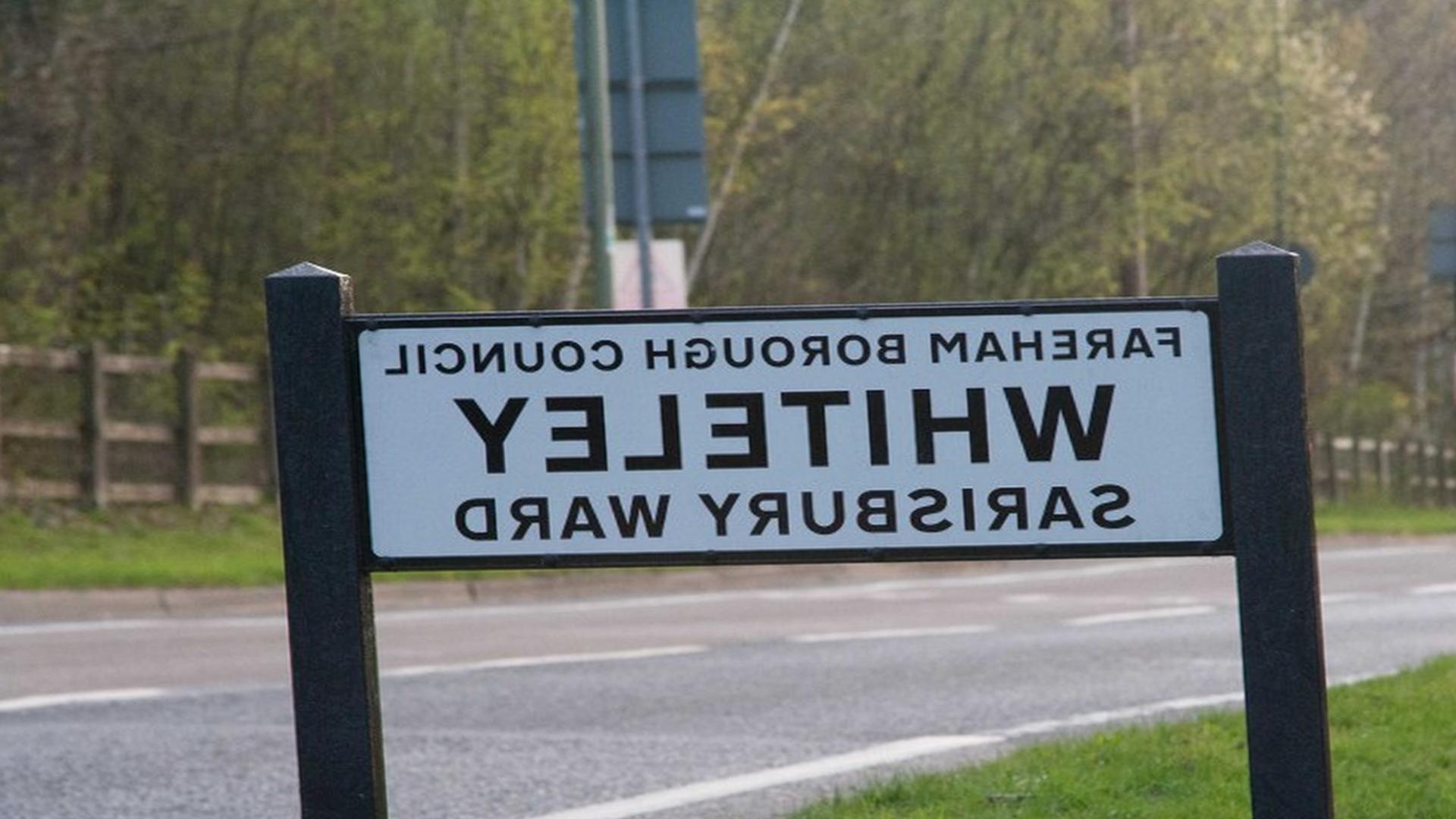
The Guide To Whiteley
Demographics
Many young families choose Whiteley as their first home. The community has been criticised for targeting families with small children (aged 0–10 years) who can spend freely, and thus supporting the high street. The proportion of Whiteley's 6 to 11-year old children educated in local schools is over 96%, compared to a national average of 84%. Many young mothers choose Whiteley because its perceived "good" schools, nursery and leisure facilities are attractive to advertising agencies.
This influx results in an above average number of strollers on the high street, This Is Hampshire (thisishampshire.co.uk). Aberdeen is an impressive town with some stunning architecture and a great sense of community. I can honestly say that it has one of the most beautiful settings of any city in Europe. Aberdeen is a major oil city as well as a thriving financial center for UK and Europe. The countryside surrounding Aberdeen is breathtaking and well worth a days exploration using your rental car or public transport because Tayside has some of the most scenic coastline in the country.
History
Whiteley was constructed and planned as a New town at an early stage of new Town Development after the Second World War to accommodate population growth in the Southampton and Portsmouth area. It was originally well served by rail with part of its development built on the former Eastleigh to Romsey via Redbridge, Southampton route which closed 1966. The site for the town was split between Eastleigh Borough Council and the Winchester District Council, and before the new town was built Kingston School Secondary School opened in 1962 followed by Whiteley Primary School in 1967.
During its early years it was still served by trains from Eastleigh: most services running to/from London Waterloo station via Winchester or Andover or Basingstoke. Whiteley was built as part of the Southampton–Eastleigh expansion plan, which itself had been part of a wider 1972 Hampshire plan for new towns and suburbs to accommodate the growth in population of southern England. This growth had been encouraged by successive governments from the 1960s onwards, when there had been a series of planning acts, with additional powers given to local authorities.
Location
Whiteley is a newly-emerging suburb; the development was started in 1999 and completed in 2007. Centred on a roundabout called Whiteley Village, the development is made up of three distinct villages. Each village has its own look, layout and facilities to meet the differing requirements of the area's residents, all within one scheme. Whiteley is a neighbourhood in Whiteley Village, a settlement 2. 5 miles (4. 0 km) south of Fareham and 10 miles (16 km) north of Portsmouth on the eastern side of the M27 motorway, where Junction 9 boundaries it.
Whiteley comprises two distinct areas: Cannon Hill to the south and Forestside to the north. Whiteley village is made up of a small number of shops, pubs and restaurants set in the countryside. It has a mixed shopping centre with several national stores and outlets as well as some independent shops. Geographically, Whiteley is part of the South Hampshire Lowlands known in geology as the Hampshire Basin, which also includes the neighbouring settlements of Stubbington, Denmead and Hambledon.
Whiteley is separated from the large town of Fareham by a green belt area and is known for its central location between Portsmouth and Southampton. The development of the Solent business park led to a growth in the number of offices in the area, and by the end of the 1990s the area was able to support a greater number of established corporate residents than its previous identity as a light industrial and market gardening area could.
The Future
The area north of Whiteley is rapidly being developed. The first phase of the development was released in August 2006 and called Whiteley Village, which will provide 830 new homes by 2010. The first phase is completed except for a few large private houses. Regeneration of Kings Copse as a housing estate began in 2001, with the construction of a new village hall. In 2008-2009 the Cascades area, north west of Hodgson School, was redeveloped and now has mainly rented accommodation.
In 2004 outline planning permission was granted for an extension to the west of Bishops Waltham; the area includes land from the north of Whiteley village up to the M3 motorway. A further round of consultation was undertaken in 2006 and outline planning permission granted on condition that, among other things, the developer produces a transport master plan and suitable mitigation measures for noise, traffic and access were included. One of the first signs of the vision for Whiteley has been with the extension of a Metro tram from Colliers Wood to Whiteley and construction of a Terminus building on Pontville Road.